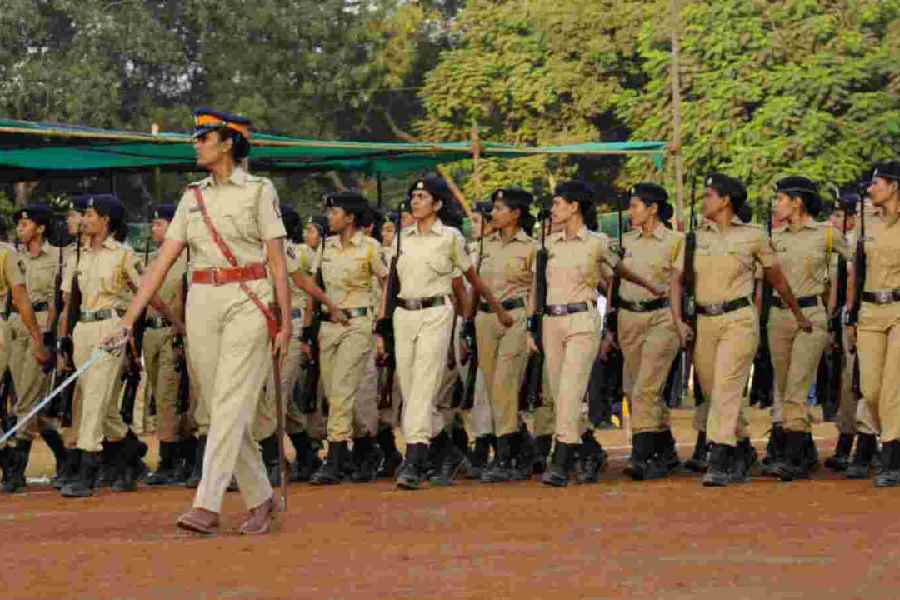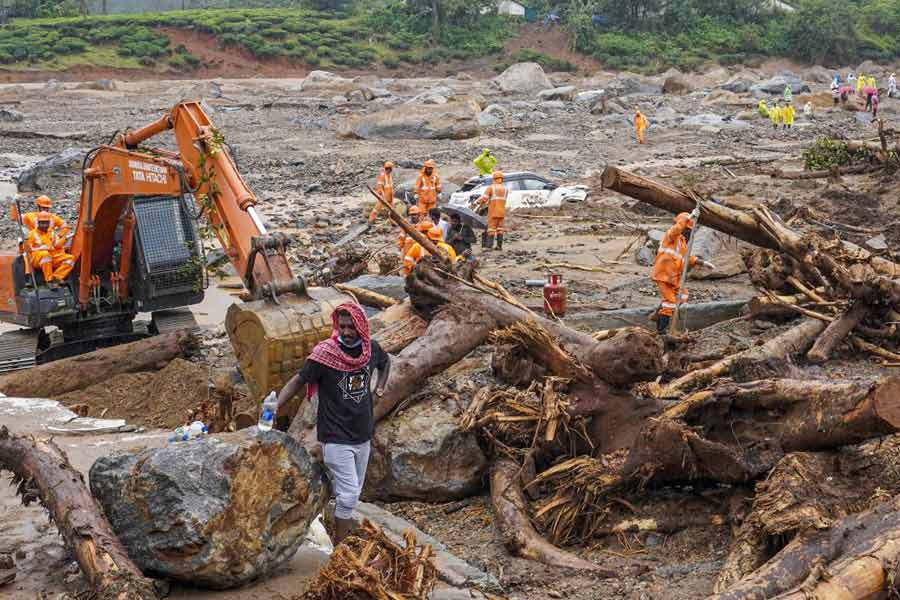Somasundaram Subramanian, or Dr Soma as he’s popularly known, has barely slept a wink these past few weeks. As soon as the war broke out in Ukraine, the Moscow-based cancer surgeon, educationist and philanthropist began working the phone lines to help evacuate Indian students and other citizens caught in the war zone.
Soma is unusually well-placed to pull the right strings and help students caught in the midst of the Russia-Ukraine fighting. After living 30 years in Moscow, he is well-connected with different segments of society and also the authorities at various levels in Russia, Ukraine, Kazakhstan and other former Soviet Union member states. So, in the last few weeks, he reduced his patient load and began reaching out to people on the ground in Ukraine, Crimea, Donbass and Russia. He has been working the phones to reach out to Indian diplomats and Russian and Ukrainian officials, either directly or through friends, colleagues, patients and former students.
“I am gifted with a human connection with people as a doctor. Because of the work that my team and I have been doing in this part of the world without discrimination, I could reach out to people on the ground in different parts of the world, especially in the former Soviet region,” says Soma.
He has worked extensively across the region these last 30 years, especially through the various non-profits he has initiated to fight cancer such as the Eurasian Federation of Oncology (EAFO) in Europe, the EAFO Educational Research Centre in Russia and the Eurasian Cancer Research Council (ECRC) in India.
All last week, he was using his contacts to help senior Indian diplomats with the evacuation of Indian students in Sumy. Back at the start of the war, Soma, who grew up in Madurai before going to Russia to study medicine in 1990, was inundated with calls from parents of students stranded in Kharkiv and other cities. His ground-level understanding of all these countries helped immensely -- he spent his first 10 months learning Russian in what was then the Ukrainian Soviet Socialist Republic before joining medical school in Moscow in 1991 at a time when the USSR was on the verge of disintegration.
One such call came from Ganesh Balasubramaniam, who had interacted with Soma during his work on the cancer registry at Tata Memorial Hospital and whose niece, Shibani Sriniwas, was stuck in Kyiv.
A third-year student at Bogomolets National Medical University, Shibani had booked a flight home for February 25. But war broke out a day earlier. Stranded like thousands of other students, she was panic-stricken.
“We were petrified as we could hear shelling outside our hostel windows. There were tanks and soldiers on the street but we didn’t know if they were Russian or Ukrainian. Some locals were fleeing with just one suitcase and their children. We packed our bags in the hope of a quick evacuation, withdrew money and bought food and water to last a month,” she says.
The 1,000-odd Indian students in her hostel spent that first night huddled four to a room as the caretaker refused to open the underground bunkers despite repeated pleas. “We couldn’t sleep because of the sounds of firing and shelling. I had a breakdown wondering whether we would survive the war,” says Shibani.
That’s when her uncle contacted Soma, who was already helping students in Kharkiv and elsewhere.
“In every case, we were connecting with the kids to find out where they are and guiding them. One of the biggest challenges was that most of them barely knew any Russian and Ukrainian. My team and I had to be their translators with the local Ukrainian people and authorities, who came forward to help us on the request of my friends and patients,” says Soma.

Indian medical students in a bunker in Ukraine. The Telegraph Picture.
His original plan was to evacuate students, especially those in Kharkiv and Sumy, through the Ukrainian border to the Belgorod and Kurk regions of Russia, where arrangements had been made to receive them both by the Russian authorities and Indian diplomats in Moscow.
However, the Ukrainian authorities scotched that idea, refusing to allow any crossings into Russia. So the students had to travel across the conflict zone from eastern to western Ukraine to cross the border into Hungary, Romania or Slovakia, which also led to the mad scramble at railway stations.
In Kyiv, Shibani and her hostel mates too decided to follow the Indian embassy’s advisory and travel by train to western Ukraine. It was day four of the war by then. They had been hunkering down in bunkers, with only washroom trips back to their hostel rooms, and living on dry rations. Their nerves were shot because of the constant shelling – their hostel was the only building that wasn’t bombed in their vicinity.
“We didn’t have a plan, but we were desperate,” says Shibani, who had Soma to talk her through and track her whereabouts. Carrying the bare minimum – mainly food and water and important documents – the students began a harrowing “life-and-death” 5km-long trek in the minus-two-degrees cold. They had to pass through streets strewn with dead bodies and patrolled by soldiers and tanks.
“Only one person in my group knew the route so I had to rush to keep up or risk getting lost. Some friends got left behind as a result. Sirens kept going off but we didn’t dare stop,” she recounts.
At the station, the crowds were impenetrable. Weighing up their options of which border town to head to, the students scrambled from one platform to another. “One group from our hostel faced firing in the air when they tried to board a train,” says Shibani.
By 5pm, when curfew began, Shibani had made several unsuccessful attempts to get onto a train. “We couldn’t go back to the hostel either though,” she says. So they made one final attempt to board the train to Uzhhorod bordering Slovakia, which pulled in at 8pm.
At first, it seemed like they’d fail again. “The conductor kept pushing us back. But then, one of our friends got in, pushed him aside and helped us all to board,” she says. By then, they were dehydrated and exhausted. “We had one bottle of water among seven people for the 17-hour journey. The girls got a place to sit but the boys had to stand for hours,” she recalls. The distance from Kyiv to Uzhhorod is 821km
Still, unlike most other Indians, she was spared the nightmare at the borders. That’s because Soma ensured they had a smooth crossing. He was in constant touch throughout their train journey, collating the list of 52 students in the group and tracking their location live – as he and his team did with several other groups of students leaving from Kharkiv and reaching the Ukrainian borders with Hungary, Romania and Slovakia.
“It was reassuring to know that someone was there to track us,” says Shibani. By the time they reached Uzhhorod the next afternoon, Soma had got in touch with a local resident, Victoria, to receive them and guide them across the border.
“We got in touch with her through a chain network of human connections. She was wonderful and took them to the nearest border with Slovakia. I had already spoken to my Slovakian, Romanian and Hungarian friends, who were ready to receive them. But we didn’t need to take their help as arrangements were in place in the EU countries to receive refugees, including students, as soon as they crossed the border,” says Soma.
Luckily for Shibani, there were no crowds while crossing over to Vysne Nemecke village in Slovakia. The Slovakians provided food, clothing and medical aid, and the Indian embassy stepped in to provide accommodation at another village, Bidovce. Shibani spent five days there before she was flown from Kosice to Delhi, from where she took another flight back home to Mumbai.
Meanwhile Soma is already thinking ahead of helping students to continue their education. He has founded the Eurasian Global Peace Mission which aims to offer emergency aid to anyone still left behind in Ukraine as well as resettlement support to students and expats of all nationalities, including Russians who have been expelled from some institutions in the Western nations. Affected persons can register on the website. Soma intends to help students to relocate to other institutions to continue their studies.
“In the last 25 years since I became a doctor, my team and I have built extensive connections with educational institutions across the former Soviet republic and European Union. We plan to use our influence and help students that wish to resettle and continue their studies in another country here,” he says.
The mission will not provide monetary support though. Instead, it will provide free education to select students on merit or get fee concessions for them with the help of philanthropists. For the others, it will guide them with valuable information to continue their studies.











